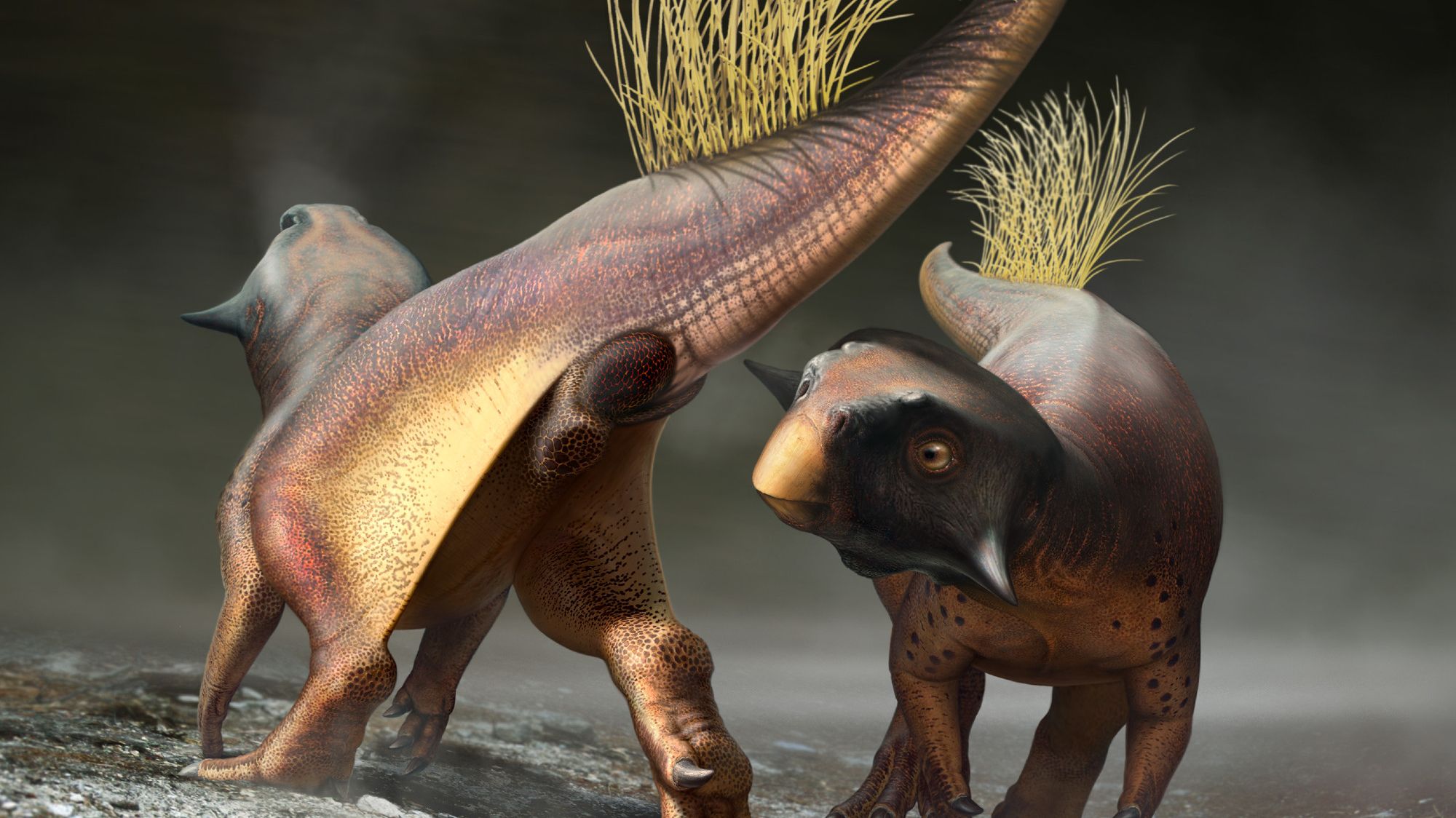New discoveries await diligent paleontologists. To prove it, look no further than Jacob Finther, a scientist at the University of Bristol in England who recently got up reveal What might be the first example in the field of a non-avian heel of a dinosaur.
The search that was Published In the magazine Current biology, Provides a glance inside the back of a file psittacosaurus, A dog the size of a dinosaur whose fossilized remains have managed to preserve some semblance of anatomy – just enough for Vinther to digitally reconstruct his hole.
Residue check Psittacosaurus At the Senckenberg Museum of Natural History in Frankfurt, Germany, Vinther realized that he and his colleagues could Develop A model of the animal’s cloaca, which is a multi-purpose cavity that facilitates urination, bowel movement and intercourse. (Modern birds, crocodiles, and turtles are among those who practice cloacas. The Latin word means „sewers.“) Finther worked with co-authors as the old artist Robert Nichols Biologist Diane A. Kelly of the University of Massachusetts on Reconstruction. For reference, Kelly looked at her own set of animal butts, as well as the active breeches of live chickens. After 120 million years, the rear of the dinosaur appeared again.
What are the secrets lurking inside? First, the cloak appears to have a distinct color, which may have attracted potential mates. It also contains scent glands, presumably for the same purpose, and a pair of lips surrounding the dorsal lobe in the shape of a bean, an arrangement that may resemble a drawn curtain. Naturally, Vinther also found a little off the Petrified tube.
Beyond that, Vinther couldn’t say. If this cloak looked like a crocodile, it might have blocked the penis or clitoris, but there was no sign of any genitals. Patricia Brennan, an expert on animal reproductive organs at Mount Holyoke College in Massachusetts said: New York times It is possible that the lobe simply expelled massive amounts of sperm in a manner similar to some types of birds.
A dinosaur’s penis is still a long way off. Only limited conclusions can be drawn from a single sample, but the mantle is nonetheless another step in understanding the interesting anatomy of dinosaur butts.
[h/t Popular Science]

„Total Social Media Ninja. Introvertiert. Schöpfer. TV-Fan. Preisgekrönter Unternehmer. Web-Nerd. Zertifizierter Leser.“

